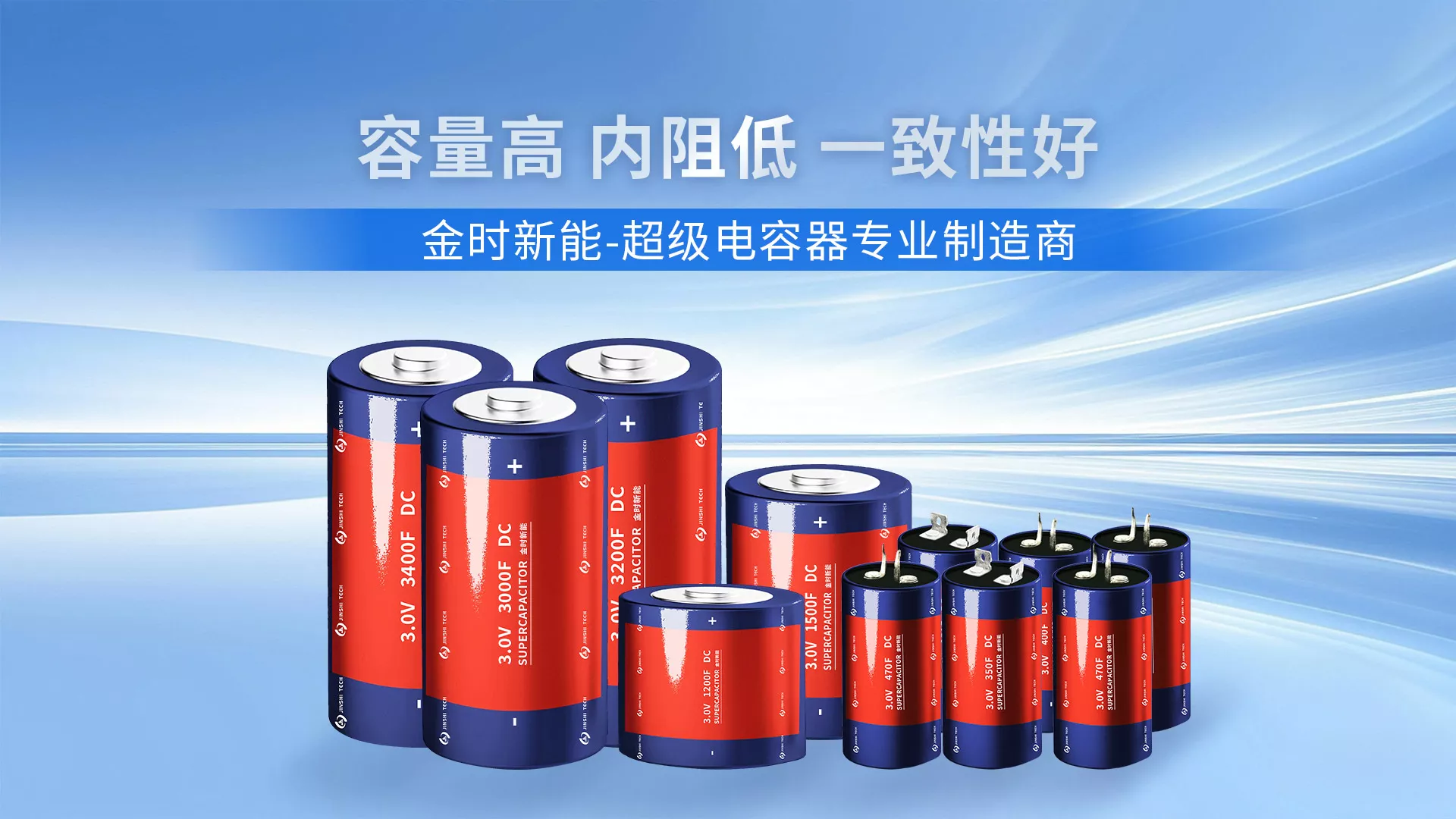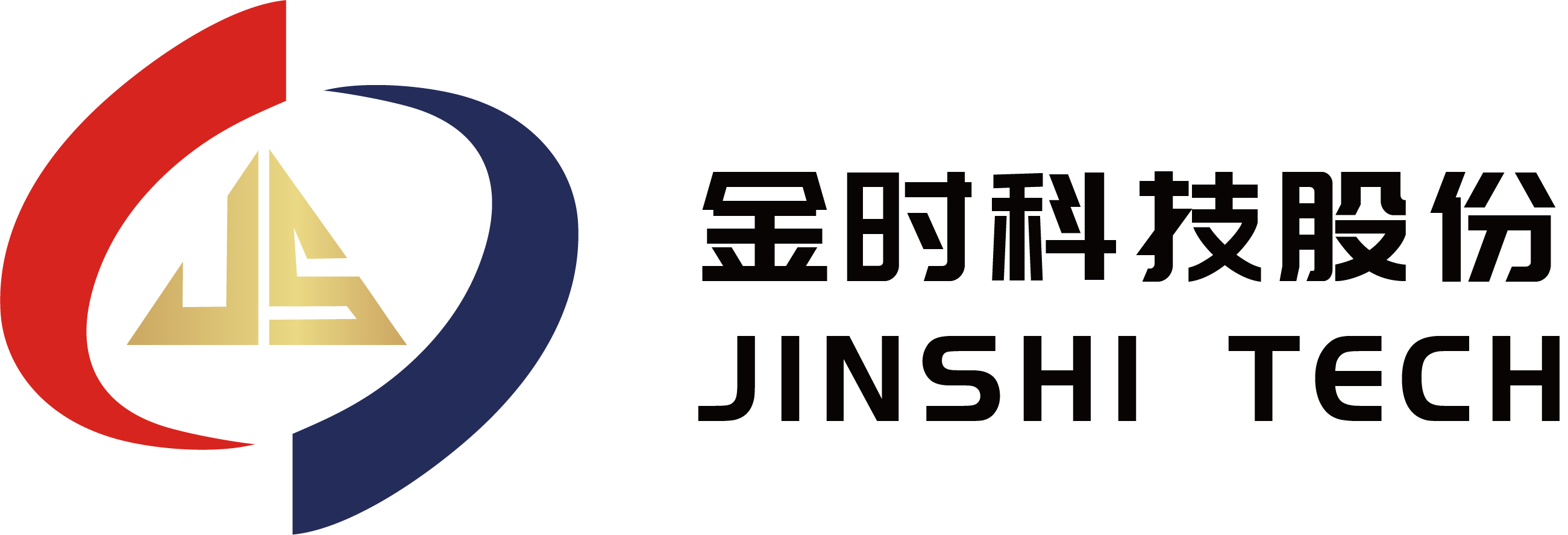PRODUCT HUB
Cell
——

Comparison of Battery Types
| Characteristic/Advantage | Supercapacitor | Traditional Lithium-Ion Battery |
| Charging & Discharging Speed | Extremely fast, reaching 95% or more within 10 seconds to 10 minutes | Slower, typically requiring several hours |
| Cycle Life | Extremely long, 100,000 to 500,000 cycles, or even more | Relatively shorter, a few hundred to a few thousand cycles |
| Power Density | High, ranging from 300w/kg to 5000w/kg | Lower, not suitable for high-power applications |
| Energy Density | Medium to lower | Higher, suitable for long-duration energy storage |
| Environmental Friendliness | Non-polluting, environmentally friendly | May generate pollution during production and use |
| Safety | High, based on physical processes, less prone to thermal runaway | Medium, with a risk of thermal runaway |
| Operating Temperature Range | Wide, from -40°C to +70°C, or even higher | Narrower, performance affected in extreme temperatures |
| Application Areas | Diverse, including automotive, power, industrial, communications, consumer electronics, etc. | Diverse but specific to long-duration energy storage needs |

Performance Characteristics
——
Capacity and Voltage
The capacity of a supercapacitor cell is generally small, usually ranging from tens to hundreds of Farads, while the working voltage varies according to different designs and materials, generally at different levels such as 2.5V, 2.7V, 2.85V, etc.
Charge and discharge performance
supercapacitors have ultra-low series equivalent resistance (ESR) and ultra-high power density, making them ideal for high-current discharge. In addition, they have short charge and discharge times, simple charging circuits, and no memory effect.
Lifespan and Temperature
The lifetime of supercapacitors is very long, with over 1 million charge-discharge cycles. Additionally, they have a wide operating temperature range, from -40°C to +70°C.
Product Display
——
- 3.0V350F
- 3.0V350F
- 3.0V470F
- 3.0V1200F
- 3.0V 1500F
- 3.0V 3000F
- 3.0V 3200F
- 3.0V 3400F
营业咨询:028-68618883
在线客服
微信咨询:微信
